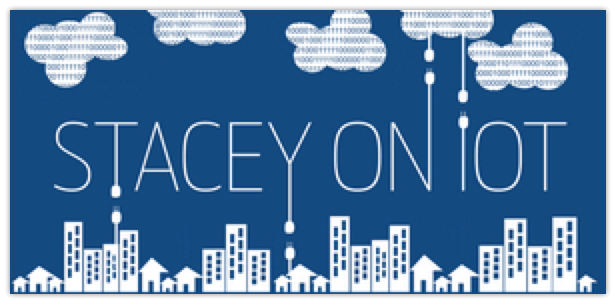K
Kathleen Martin
Guest
Recently we’ve seen a range of legislation, both passed and proposed, creating rules to protect personal data captured by connected devices. These revolve around ways for consumers to delete such data, what companies can or can’t do with the data, and protecting private health information. We’ve also seen a walk-back from the Internal Revenue Service requiring that U.S. citizens provide biometric data, in the form of facial recognition, to access their federal tax information.
That’s all well and good considering there are already dozens of devices gathering this data today. But what about five years from now when we start to see more robots in our daily lives?
There aren’t any data protections in place for that future, perhaps because we don’t really know how the future will unfold. After all, how many people interact with some type of connected robotic device today? Not many, although it’s likely more than you realize. And who can predict how many of those interactions we’ll experience in a few short years?
Still, we should have learned a lesson by waiting until the IoT was already fairly prevalent in smart speakers and cameras before actually tackling a pro-consumer framework for data privacy. It would be smarter to build off of that framework now and extend it to future devices, such as robots.

Don’t misunderstand me, I don’t expect every home to have a robot in five years. I hope my home has one, but I’ve always been an early adopter. The real issue arises as more companies deploy robots in public places, such as airports, museums, and such.
Indeed, that’s exactly what caused me to think about this: An article about someone experiencing and watching robotic interactions at an airport in South Korea. That country is much like me in terms of early technology adoption.
Continue reading: https://staceyoniot.com/when-do-we-start-legislating-personal-data-captured-by-robots/
That’s all well and good considering there are already dozens of devices gathering this data today. But what about five years from now when we start to see more robots in our daily lives?
There aren’t any data protections in place for that future, perhaps because we don’t really know how the future will unfold. After all, how many people interact with some type of connected robotic device today? Not many, although it’s likely more than you realize. And who can predict how many of those interactions we’ll experience in a few short years?
Still, we should have learned a lesson by waiting until the IoT was already fairly prevalent in smart speakers and cameras before actually tackling a pro-consumer framework for data privacy. It would be smarter to build off of that framework now and extend it to future devices, such as robots.

Don’t misunderstand me, I don’t expect every home to have a robot in five years. I hope my home has one, but I’ve always been an early adopter. The real issue arises as more companies deploy robots in public places, such as airports, museums, and such.
Indeed, that’s exactly what caused me to think about this: An article about someone experiencing and watching robotic interactions at an airport in South Korea. That country is much like me in terms of early technology adoption.
Continue reading: https://staceyoniot.com/when-do-we-start-legislating-personal-data-captured-by-robots/

